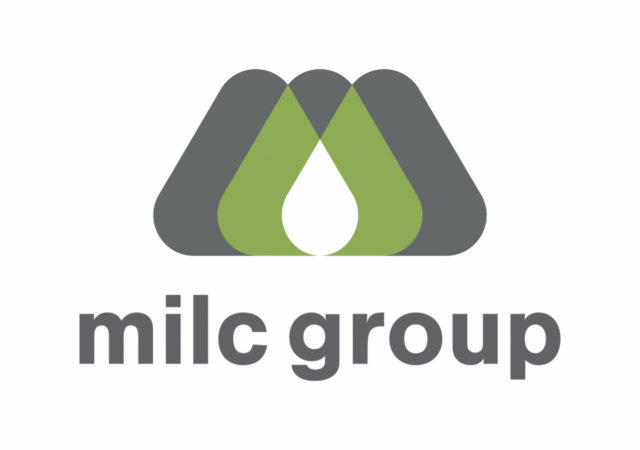The Pew Charitable Trust has given a $2.6 million grant to the John Hopkins Bloomberg School of Public Health to study how concentrated animal feeding operations (dairies, feedlots, hog confinements and chicken houses) may impact public health, sociology and the environment. Any guesses what they will conclude? Here’s my guess. It’s bad.
In fairness, there is at least one person on the committee who appears to have spent some time in a feedlot. That should balance the academics, gentiles, politicians and “Daryl Hannah, actress and advocate for biofuels and environmentally sustainable lifestyle.” What is blatantly missing from the list of distinguished panel members is even one hungry person.
Most Americans are so far removed from how their hamburgers or tofu or salmon get to their plates they are sitting ducks for the ANTIs. Last November, an Arizona referendum to restrict veal and hog-raising operations passed with a 60 percent majority. It was funded by the animal rights group Farm Sanctuary. Studies have compared the method outlawed in Arizona vs. Europe’s more “humanitarian” method showed the European pig raisers had a higher mortality of piglets, higher feed costs per piglet, more space and grain needed to raise piglets, plus higher mortality and injuries to sows. This is the return for the psychological benefits of more space and “improved socializing.”
It’s the haves vs. the have-nots over and over. “So what if pork increases in price, or milk or hamburger or chicken. Besides, hungry people don’t vote anyway.”
As consumers get further and further away from understanding where and how their basic needs of food, shelter and energy are met, those of us on the farm, in the forest or on the drilling rig will become oddities to them – antiques, caricatures from a time when we as a nation could feed, clothe and keep ourselves warm.
I’m not sure whether it’s worse to be thought of as an evil farmer milking cows on a factory dairy and growing Frankenfood Hybrid corn or a quaint cowboy poet, a throwback to a time when people actually knew how to clean a chicken and scald a hog.
I do think the ANTIs will always have an audience as long as food is cheap. People have the luxury to be blasé about their daily bread. It is only when the “haves” personally feel the financial pressure that the recognition of the value of modern animal production will make an appearance.
The only problem is the have-nots are the only ones who truly appreciate the value of “concentrated animal feeding,” and there ain’t a one of ’em on the Pew Grant Committee. PD





